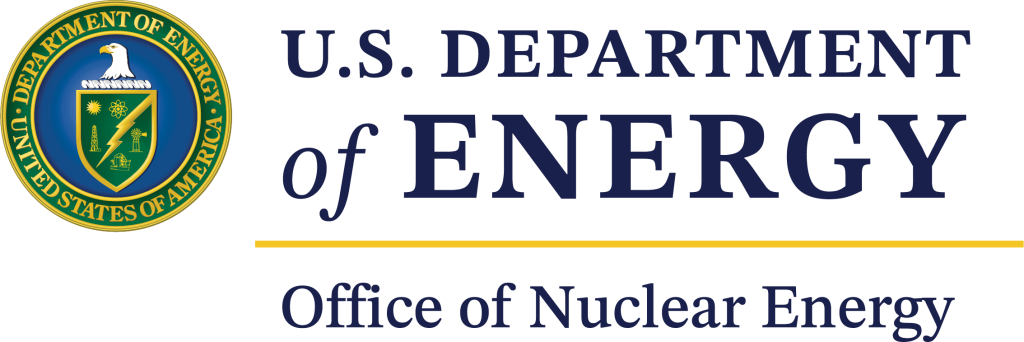Vogtle, being a first-of-a-kind (FOAK) plant, faced overruns, but FOAK overruns can decrease with more deployments through a combination of design standardization and modularization, transferring and implementing lessons learned between consecutive projects, and innovation. This report quantifies the potential cost and schedule reductions in future AP1000 plants in the US and identifies the barriers in achieving those reductions. It starts with a summary and analysis of the cost and construction timeline data for AP1000 plants that started construction in the United States (Vogtle) and China. Motivated by the steep schedule reductions from the first to second series of AP1000 plants in China, a cost reduction model was developed to quantify potential reductions for future AP1000 builds in the US. Results show that within about 3 more builds, AP1000s can become economically attractive in large markets in the U.S., without leveraging the Investment Tax Credit (ITC) or Production Tax Credit (PTC), and much sooner if these tax credits are available. Importantly the financial risks for future AP1000 builds in the US might be much smaller than observed in the FOAK plants. The study also identifies various barriers for future builds including the availability of a supply chain and a skilled workforce, and emphasizes the importance of making investments to gather and implement lessons learned between consecutive projects.
Potential Cost Reduction in New Nuclear Deployments Based on Recent AP1000 Experience
The completion of Vogtle Units 3 and 4, despite significant cost and schedule overruns, a major bankruptcy, and a pandemic, demonstrates that the U.S. nuclear industry can still develop new supply chains, train a highly skilled workforce, and build large nuclear power plants.
